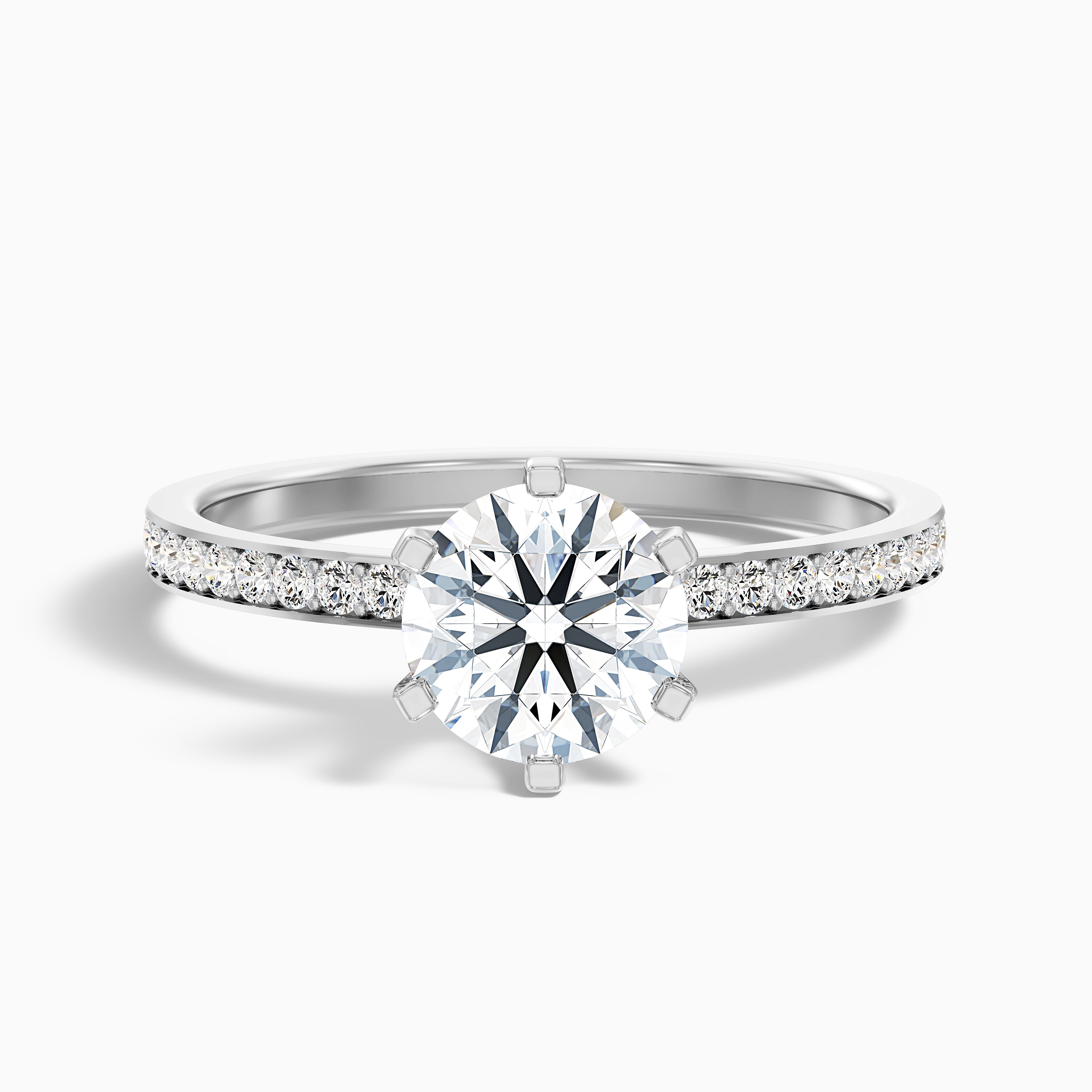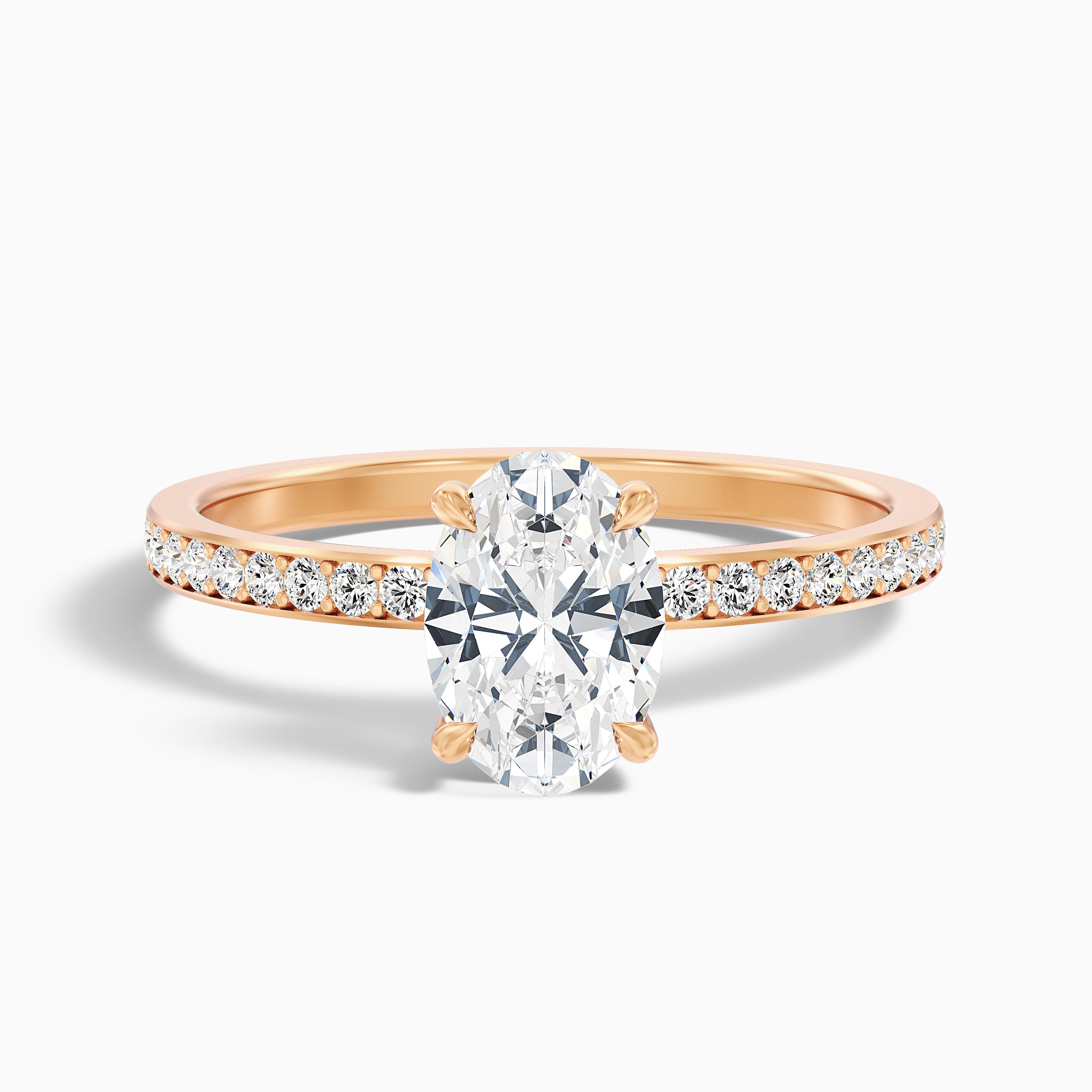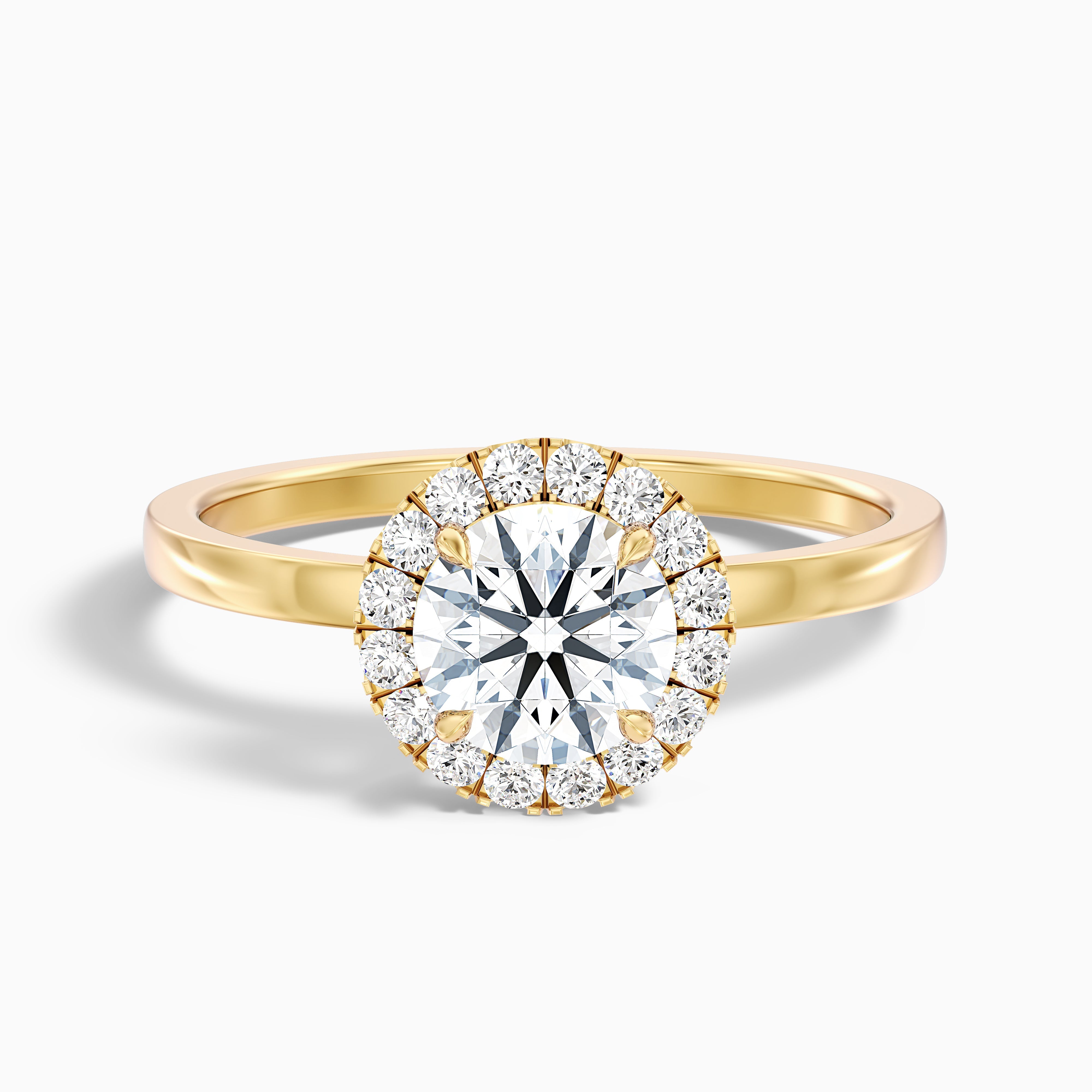How Much Does a 3 Carat Diamond Cost?

Diamonds are one of the most sought-after gemstones, and when it comes to a 3 carat diamond, the price can be a big question mark. Whether you're shopping for an engagement ring, a special gift, or an investment, knowing what affects the cost will help you make a smart choice.
A 3 carat diamond isn’t just twice as expensive as a 1.5 carat one; it’s way more. Prices jump dramatically as carat weight goes up. You could be looking at anywhere from $25,000 to well over $100,000, depending on quality. But why such a huge range? Let’s break it all down.
Understanding Carat Weight and Diamond Pricing
What Carat Means in Terms of Diamond Weight
The term "carat" refers to how much a diamond weighs. One carat equals 200 milligrams. To give you an idea, a 1 carat diamond is already considered decently sized for jewelry, but when you get to 3 carats, the stone becomes noticeably bigger and more impressive. People often assume that carat directly equates to size, but that’s not always true. The way a diamond is cut also plays a role in how large it appears.
The Exponential Increase in Price With Higher Carat Weights
As carat weight goes up, so does the price. But here’s the thing: it doesn’t go up in a straight line. Instead, the price jumps exponentially. For example, a 1 carat diamond might cost $5,000, but a 3 carat diamond isn’t just three times that amount, but it could be closer to $50,000 or even more. This happens because larger diamonds are rarer, and rarity drives up value.
The Difference Between Size Vs. Carat Weight
Carat weight measures mass, not physical dimensions. Two diamonds of the same carat weight can look different in size depending on their cut. A well-cut diamond reflects light beautifully and may appear larger than a poorly cut one, even if they weigh the same. So, while carat is important, it’s only one part of the equation.
Average Cost of a 3 Carat Diamond
So, let’s talk numbers. How much should you expect to pay for a 3 carat diamond? On average, prices range from $25,000 to over $100,000. If you’re looking at a good-quality stone, expect to spend somewhere between $35,000 and $70,000.
Factors That Lead to Price Fluctuation
Why such a wide range? Several things come into play. For instance, a diamond with top-tier color and clarity will cost significantly more than one with lower grades. Additionally, the shape of the diamond matters. Some shapes, like round brilliants, tend to be pricier due to their popularity and the skill required to cut them. Certification also adds to the cost, as diamonds graded by reputable labs like GIA (Gemological Institute of America) or IGI(International Gemological Institute) carry a premium.
Factors That Influence the Cost of a 3 Carat Diamond
Let’s dive deeper into the specific elements that determine the price of a 3 carat diamond. These factors work together to create the final price tag.
Cut: Ideal Vs. Good, and Its Effect on Brilliance and Value
The cut of a diamond is arguably the most critical factor. It determines how well the diamond sparkles. An ideal cut maximizes light reflection, making the stone shine brilliantly. Diamonds with excellent or ideal cuts fetch higher prices. On the other hand, a good cut might save you money but won’t have the same dazzling effect.
Color: Grading From D (Colorless) to J (Near-colorless)
Diamonds are graded on a scale from D to Z, where D represents completely colorless stones and Z indicates noticeable yellow or brown tones. Most people prefer diamonds in the D to J range. A D color diamond is incredibly rare and expensive, while a J color diamond is still beautiful but less costly. For a 3 carat stone, slight color differences can mean thousands of dollars in price variation.
Clarity: Impact of Inclusions (From Flawless to Si2)
Clarity refers to how clean a diamond is essentially, whether it has tiny imperfections called inclusions. A flawless diamond has no visible inclusions under 10x magnification, which makes it extremely valuable. However, most people can’t see small inclusions without magnification, so opting for slightly lower clarity grades like VS2 or SI1 can save you money without sacrificing beauty.
Shape: Round Vs. Fancy Shapes (Oval, Cushion, Emerald, Etc.)
Round diamonds are the most popular and typically the most expensive. They require precise cutting techniques to achieve maximum sparkle, which adds to their cost. Fancy shapes like oval, cushion, and emerald cuts are often cheaper per carat. Plus, some fancy shapes, like elongated ovals, can make the diamond appear larger than its actual carat weight.
Certification: GIA and IGI Diamonds Command Premium Prices
Certification is a report card for your diamond. Reputable labs like GIA and IGI evaluate a diamond’s characteristics and assign grades. Diamonds certified by these organizations cost more because buyers trust the accuracy of their assessments. Without certification, it’s harder to verify a diamond’s quality, which lowers its value.
3 Carat Lab Grown Vs. Natural Diamond Prices
If you’ve been researching diamonds, you’ve probably heard about lab grown options. Here’s how they compare to natural diamonds:
Lab Grown: $3,000 to $5,000
Lab grown diamonds are created in controlled environments using advanced technology. Chemically, they’re identical to natural diamonds, but they’re much cheaper. A high-quality 3 carat lab grown diamond might set you back anywhere from $3,000 to $5,000, depending on its specifications.
Natural: $30,000 to $100,000+
Natural diamonds, mined from the earth, remain the gold standard for many buyers. Their rarity and the labor-intensive process of mining contribute to their steep price tags. As mentioned earlier, a 3 carat natural diamond can easily cost $30,000 to over $100,000, especially if it has exceptional quality.
Pros and Cons of Each Option
Lab grown diamonds offer significant savings and appeal to those who prioritize ethical sourcing and environmental sustainability. However, some argue they lack the romance and history associated with natural diamonds. Natural diamonds, while pricier, hold traditional value and are often seen as better investments.
Ethical and Environmental Considerations
Mining natural diamonds has raised concerns about worker exploitation and environmental damage. Lab grown diamonds eliminate these issues, making them a guilt-free choice for eco-conscious consumers. Still, opinions vary on whether lab grown diamonds will retain their value over time.
Price Examples by Quality Grade
To give you a clearer picture, here are some real-world examples of 3 carat diamond prices based on quality grades:
Example 1: 3 Ct, D Color, VVS1 Clarity, Ideal Cut – ~$90,000
This is a top-of-the-line diamond. It’s colorless, nearly flawless, and perfectly cut for maximum brilliance. While it’s pricey, it offers unmatched beauty and prestige.
Example 2: 3 Ct, G Color, VS2 Clarity, Excellent Cut – ~$50,000
A G color diamond is near colorless, and VS2 clarity means minor inclusions that are hard to detect. Paired with an excellent cut, this diamond strikes a great balance between quality and affordability.
Example 3: 3 Ct Lab Grown, D Color, VVS1 Clarity, Ideal Cut – ~$5,000
Lab grown diamonds are virtually identical to natural diamonds in appearance and quality but come at a fraction of the price. This option offers exceptional color, clarity, and cut while being an eco-friendly and budget-friendly alternative.
Can you spot the trade-offs? Each grade adjustment or diamond type reduces the price but may also slightly impact overall appearance or prestige. By comparing these examples, you can decide what features matter most to you.
Related Read: Lab Grown V.S. Natural Diamonds: All You Need To Know
Different Types of Diamonds
Diamonds come in various forms, each with unique characteristics. Beyond the white diamond, there’s a world of options to explore. Natural diamonds are mined from the earth and remain the most sought-after choice for their rarity and appeal. These stones have undergone millions of years of formation, making them truly one of a kind.
On the other hand, lab grown diamonds are created in controlled environments using advanced technology. They share the same chemical structure as natural diamonds but are more affordable and eco-friendly. For those looking for something extraordinary, colored diamonds like pink, blue, or yellow stones are an excellent option. Their vibrant hues stem from trace elements during formation, and they’re incredibly rare, often fetching high prices.
Vintage diamonds, such as old European cuts or rose cuts, offer a touch of history. These stones are typically found in antique jewelry and boast unique craftsmanship. Lastly, treated diamonds undergo processes like irradiation or coating to enhance color or clarity, offering budget-friendly alternatives. Each type has its charm, catering to different tastes and budgets.
Conclusion
Buying a 3 carat diamond is a big decision, both emotionally and financially. Prices vary widely based on factors like cut, color, clarity, shape, and certification. Whether you choose a natural diamond for its enduring allure or a lab grown diamond for its affordability and ethical benefits, the key is finding something that fits your style and priorities.
Remember, the best diamond isn’t necessarily the most expensive one, but it’s the one that speaks to you. Take your time, do your research, and don’t hesitate to ask questions before making your purchase. After all, a diamond is forever, and you deserve to love every aspect of yours.






